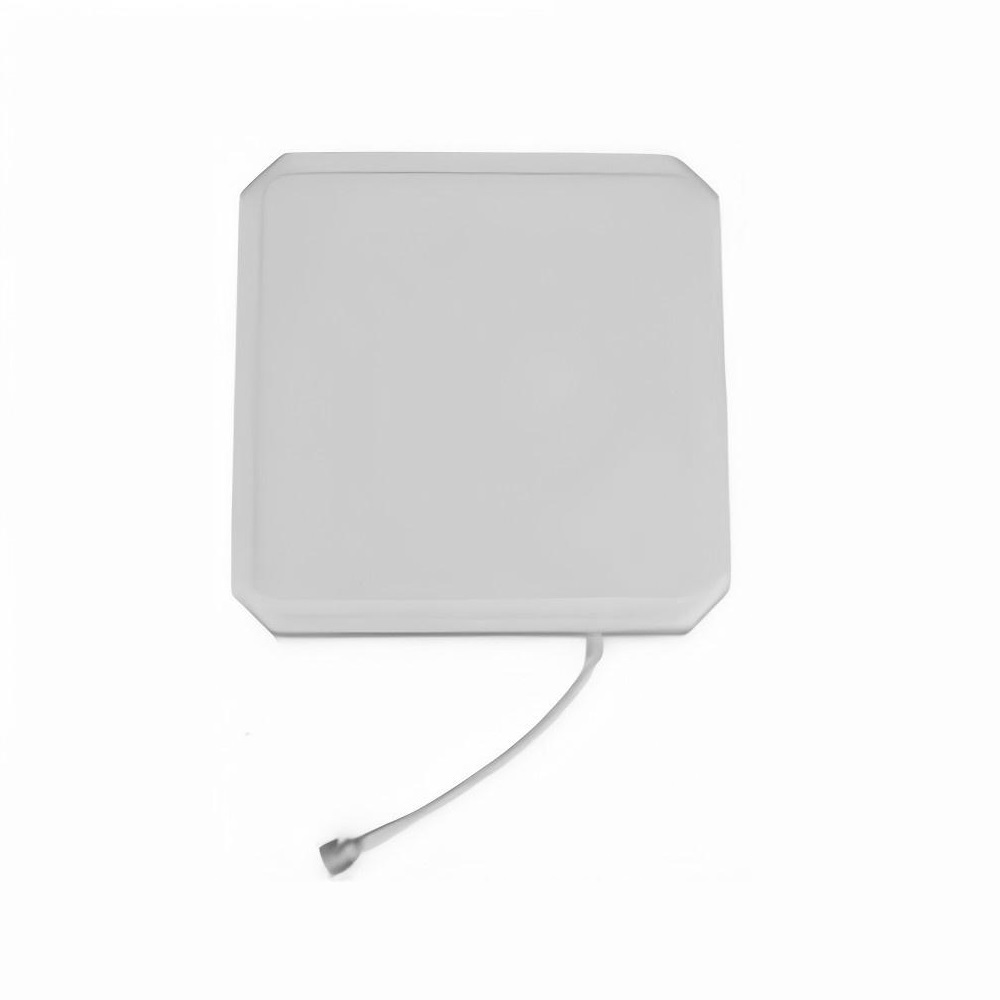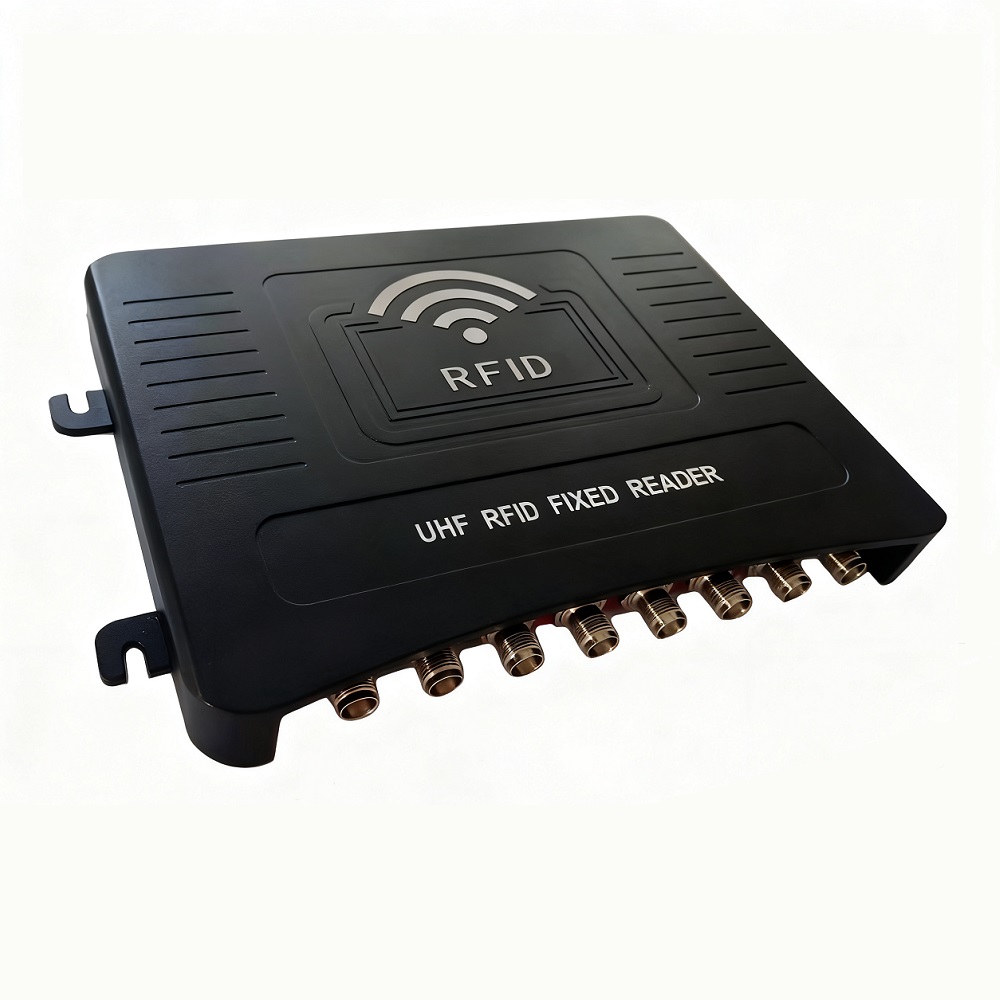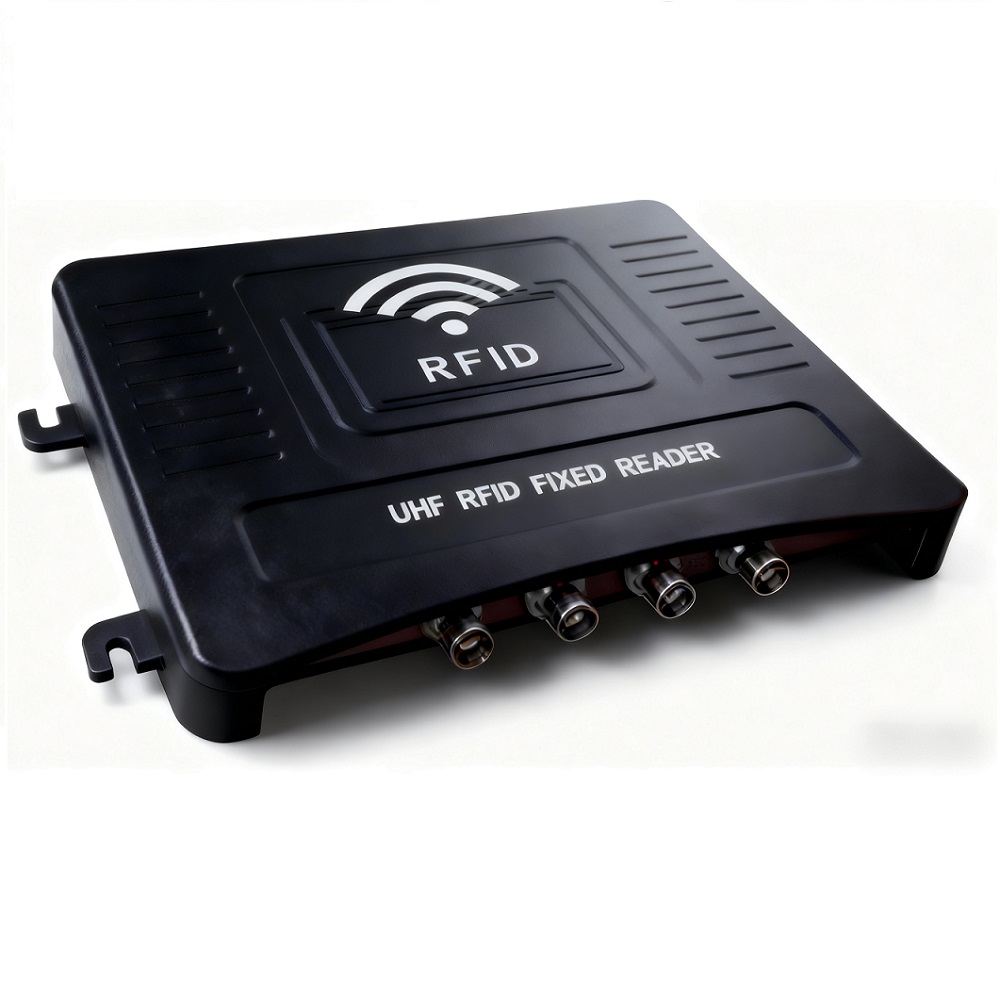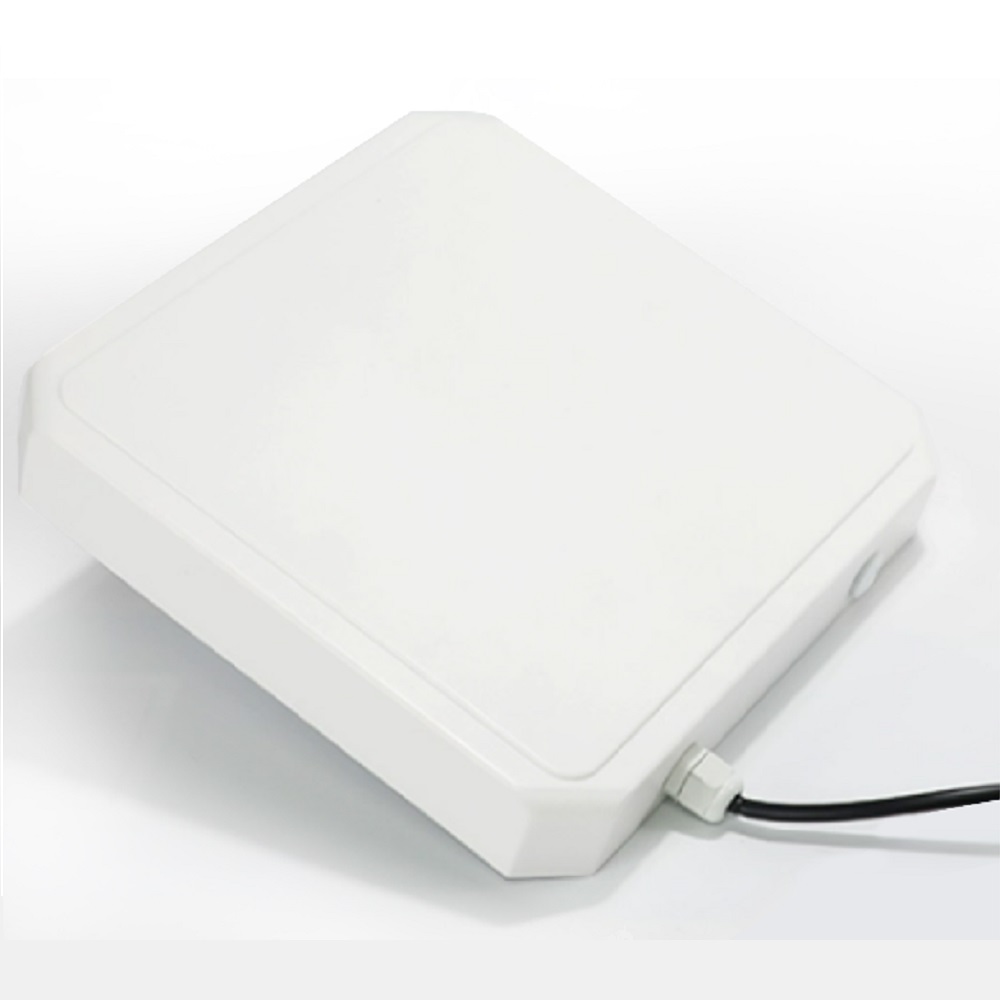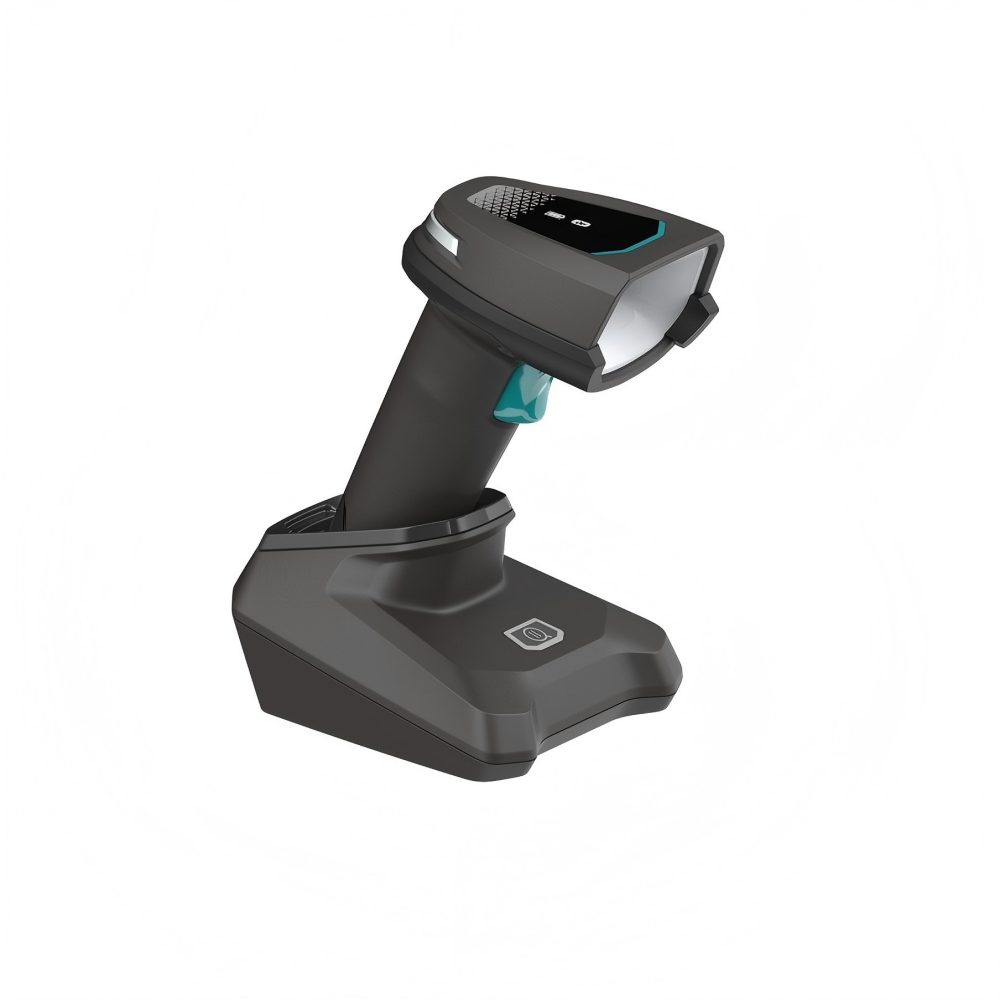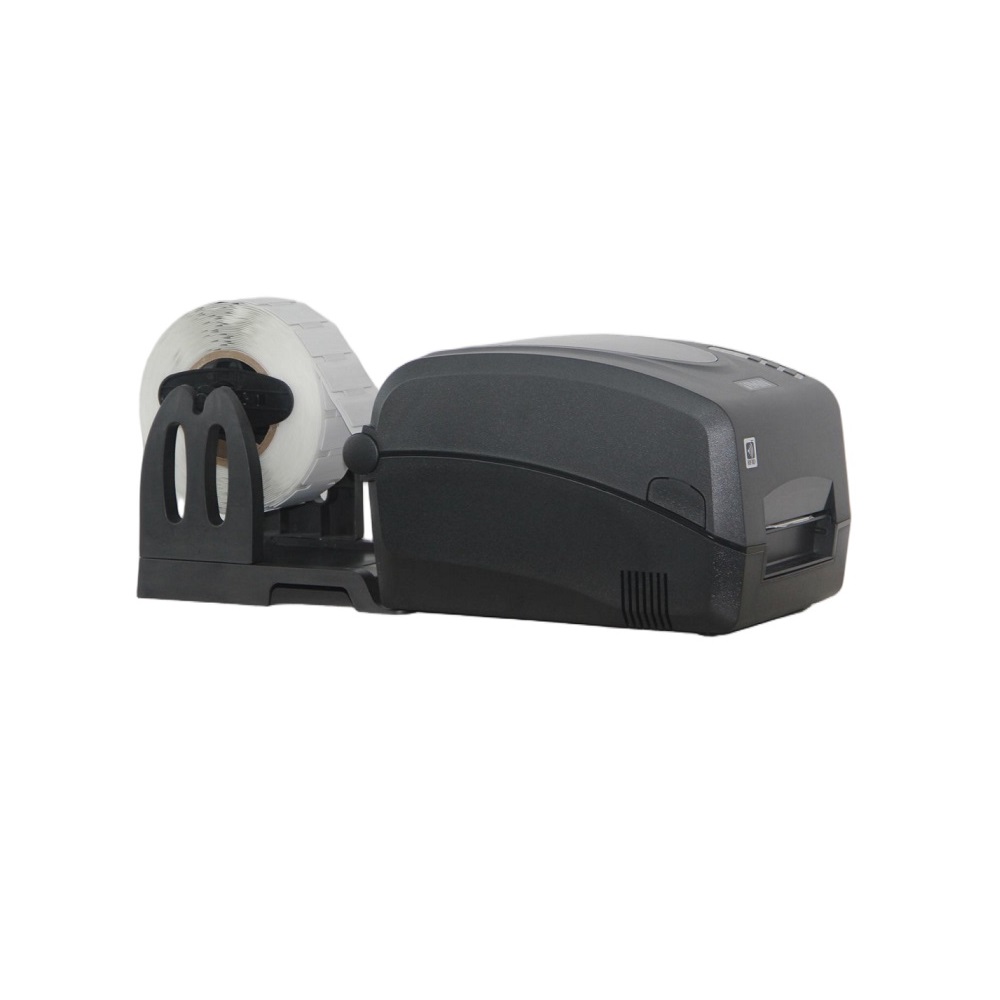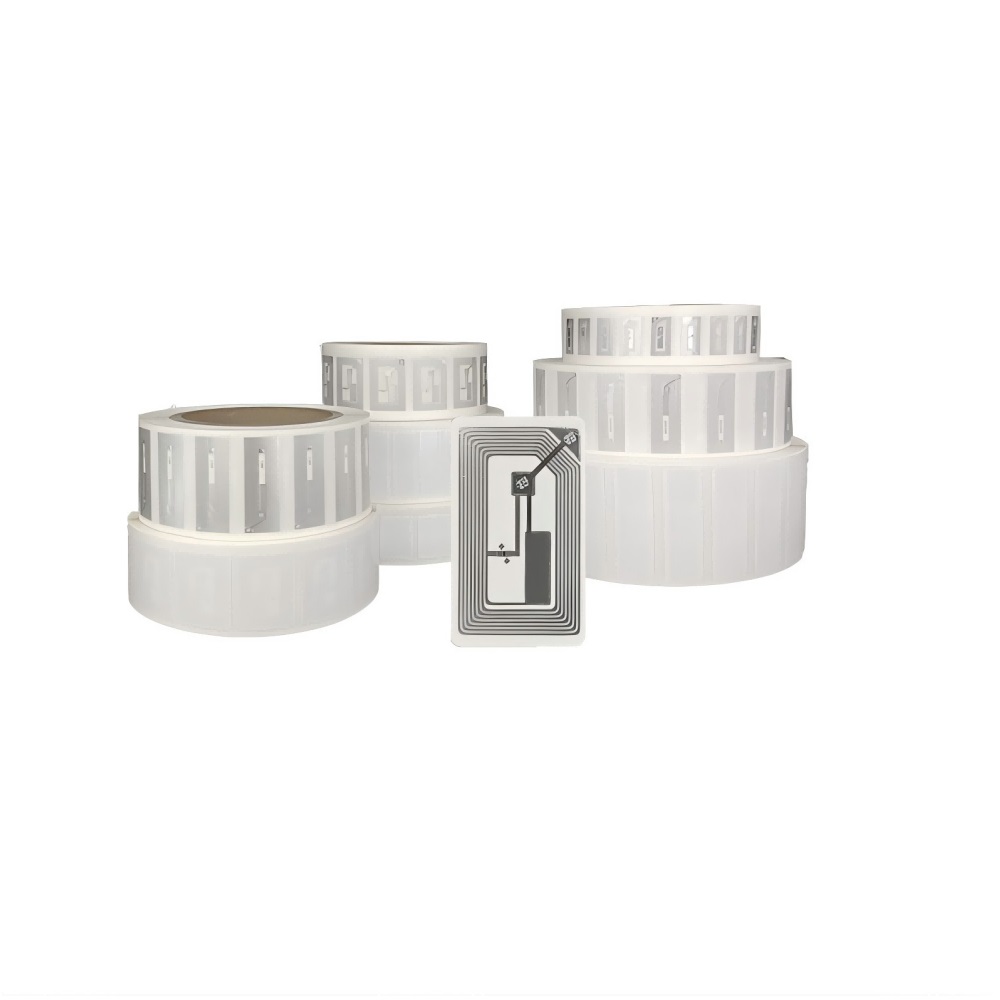While an employee at an e-commerce warehouse center was still holding a scanner to check the goods box by box and working overtime for three consecutive days to complete the monthly inventory, another peer who adopted the RFID+AI scheme had completed the inventory of the same size in three hours through the remote identification technology —— with an error rate of only 0.1%.
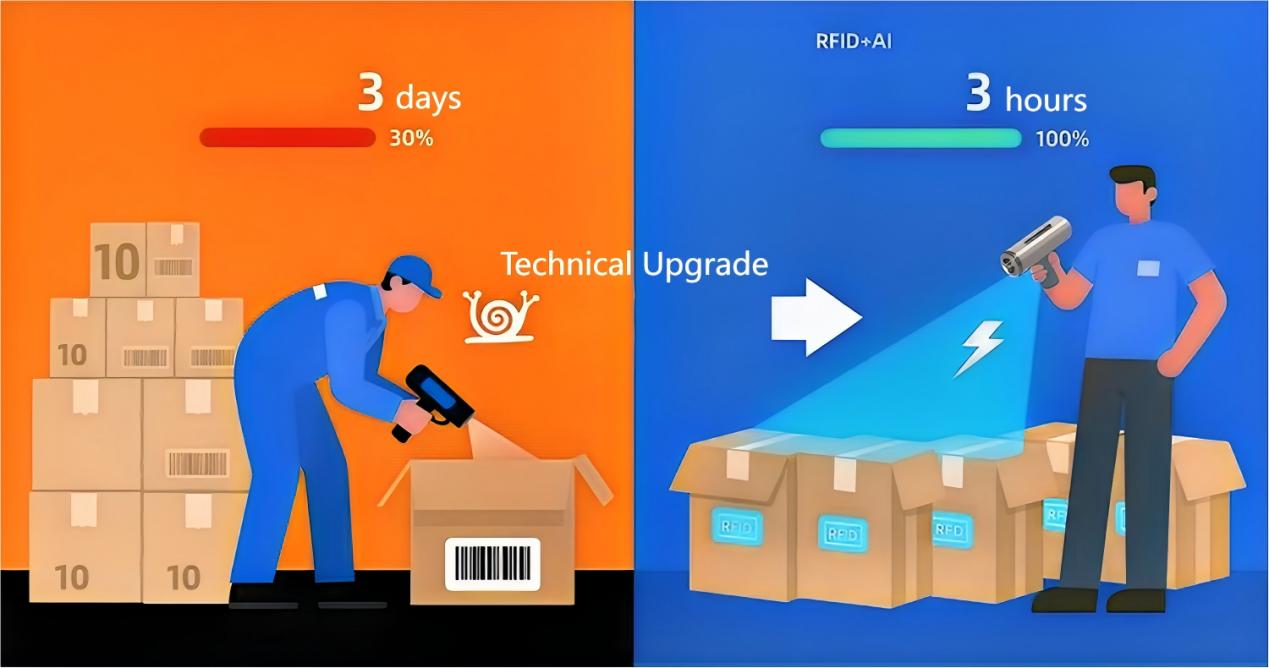
This sharp contrast reflects the core change of intelligent warehousing today: technology has been upgraded from the passive mode of "manual code scanning and identification" to the new paradigm of "AI active perception and decision making", and the deep integration of RFID, AI and edge computing is the core driving force of this change.
I. Data pain points force change: the need to go from "1% error" to "0.1% precision"
In the warehousing industry, "inventory efficiency" and "data accuracy" have always been core pain points constraining operations. According to the 2024 China Intelligent Warehouse Development Report, under traditional manual inventory methods, even skilled teams generally maintain an error rate of 1%-2%—— This means that a warehouse storing 100,000 items may experience discrepancies between records and physical stock of 1,000-2,000 items in a single inventory check. Subsequent verification requires an additional 3-5 person-days of effort, directly resulting in wasted labor costs and delayed order fulfillment.
More crucially, with the widespread adoption of e-commerce's "instant retail" and "multi-warehouse coordination" models, warehousing operations have transitioned from static storage to dynamic circulation. A leading fresh food e-commerce warehouse now handles over 50,000 daily shipments. Traditional scanning methods require workers to manually move goods between sorting lines and shelves—a process that's not only inefficient (taking about 2 seconds per box) but also prone to expiration losses due to missed scans.
The emergence of RFID+AI solutions has directly broken this deadlock. Through the synergy between ultra-high frequency RFID tags and AI algorithms, goods identification requires no manual intervention, maintaining an accuracy rate above 99.9% (error rate <0.1%), while recognition speed increases to "1,000 tags per second" —— equivalent to batch identification of 60,000 items within a minute. This efficiency surpasses traditional barcode scanning methods by over 300 times. As the warehousing industry enters a phase of "high turnover and high precision" competition, technological upgrades from "identification" to "perception" are no longer optional but essential for enterprises to reduce costs and improve efficiency.
II. Technological breakthrough: From "reading the label" to "understanding the scene", dynamic algorithm reconstructs the perceptual ability
The core value of RFID technology has long gone beyond the tool attribute of "replacing the scanning gun" —— With the support of AI and edge computing, it is becoming the "intelligent nerve endings" in the warehousing scene, and the dynamic evolution algorithm carried by the new generation of RFID intelligent access system is a typical representative of this breakthrough.
Traditional RFID access control systems only provide basic "tag detection" functionality. When multiple tags overlap, get blocked, or move rapidly, they often result in missed or incorrect readings. The next-generation RFID smart access control system achieves a leap from "tag reading to scenario understanding" through three groundbreaking technological innovations:
1. Edge real-time computing:
The AI model is deployed in the local edge node of access control, without relying on cloud transmission, and the analysis and processing of tag data can be completed within 0.05 seconds to avoid identification deviation caused by network delay;
2. Multi-dimensional feature extraction:
It can not only identify the label ID, but also capture the motion trajectory of the label, signal strength change, and the correlation relationship between adjacent labels. For example, when three boxes of goods are stacked through, the algorithm can accurately distinguish the position and quantity of each box;
3. Self-learning optimization:
Through the accumulation of daily warehouse operation data, the algorithm can automatically adapt to different goods (such as metal packaging, soft packages) and different passing speed scenarios. The identification accuracy will gradually improve with the use time, from 99.5% to 99.98% within 3 months.
Currently, this type of smart access control has been implemented in a home appliance warehousing center, achieving stable recognition —— of "1,000 tags per second" – equivalent to processing 600,000 goods for inbound and outbound verification per hour. This represents an eightfold improvement over traditional access control systems, with the misreading rate reduced to below 0.02%, effectively resolving the industry-wide challenge of identifying "large-sized, multi-batch" goods in home appliance storage.
III. Scenario implementation: 20-meter distance RFID-PDA, making inventory efficiency "from 3 days to 3 hours"
The value of technology needs to be verified in the scenario, and the popularity of 20-meter distance RFID handheld terminal (PDA) is extending the advantages of RFID+AI from "fixed access" to "mobile inventory", reconstructing the whole process of warehouse inventory.
Traditional inventory counting requires manual operation of barcode scanners to scan each item's product code at close range (within 10cm). For a warehouse storing 50,000 items with 10,000㎡ worth of goods, it takes six staff members working in three separate zones for three consecutive days to complete a full stocktaking cycle. This process necessitates temporary suspension of goods handling operations on certain shelves during the period, significantly disrupting normal business operations.
The application of RFID-PDA at a distance of 20 meters has completely changed this process:
• Distance breakthrough: It supports the identification of UHF RFID tags within a range of 20 meters. Employees do not need to approach the shelves, and can complete the inventory of goods in a whole row of shelves (height 6 meters, length 20 meters) in the channel. Each person can cover 12,000 pieces of goods per hour, which is 20 times the efficiency of traditional scanning;
•AI assisted inventory: The built-in AI inventory algorithm of PDA can automatically plan the optimal inventory path to avoid repeated scanning or omission, and compare the inventory data with the system inventory in real time. If the account is inconsistent with the actual, the location of abnormal goods (such as "Box 5 from the left on the third floor of Zone B") will be marked on the screen immediately without subsequent secondary verification;
• Multi-scenario adaptation: In view of the common dark and humid environment in warehousing, the equipment adopts IP67 waterproof and dustproof design, and the screen supports clear display under strong light, which can work stably even in cold chain warehousing (-18℃).
After implementing this RFID-PDA system, a fast-moving consumer goods (FMCG) company reduced inventory cycle time for 50,000 items from three days to just three hours. The process was completed by two staff members alone, slashing labor costs by 70% while maintaining uninterrupted shelf operations – achieving "simultaneous inventory management and business continuity". More importantly, through bi-monthly high-frequency stocktaking, the company gained real-time visibility into product turnover. Slow-moving items now have a 28-day inventory turnover period instead of the previous 45 days, resulting in a 38% reduction in capital tied up in inventory.
IV. Enterprise Value: "Hardware + SaaS" model enables small and medium-sized businesses to enjoy 40% cost reduction
In the past, RFID technology was predominantly monopolized by large enterprises due to "high hardware procurement costs and complex system deployment," making it unaffordable for small and medium-sized businesses. However, the widespread adoption of the "hardware + SaaS" model by 2025 is now democratizing RFID+AI solutions, enabling small businesses to achieve technological upgrades through low-cost investments.
The traditional RFID system deployment requires one-time investment in hardware (tags, readers, gateways) procurement (about 150,000-200,000 yuan), software customization and development (about 80,000-120,000 yuan) and later maintenance costs (annual average of 20,000-30,000 yuan), which is a great pressure on small and medium-sized storage businesses in the early stage.
The "hardware + SaaS" model reduces costs through two innovations:
1. Hardware lightweight:
Provide standardized RFID tags (unit price as low as 0.3 yuan/piece) and economical readers (about 2,000 yuan/units), without customized development. Small and medium-sized merchants can purchase according to their own scale as needed, and the initial hardware investment can be controlled within 30,000 to 50,000 yuan;
2.SaaS subscription:
RFID data management and AI analysis functions are integrated into the cloud SaaS platform. Merchants do not need to build local servers, and can use inventory management, inventory analysis, abnormal warning and other functions by subscribing monthly/quarterly (minimum 999 yuan/month), and no additional payment is required for later upgrades.
Taking a small-to-medium e-commerce warehouse as an example, the adoption of the "hardware + SaaS" model reduced initial investment from 250,000 yuan to 40,000 yuan under traditional solutions. Annual operation and maintenance costs decreased from 30,000 yuan to 12,000 yuan, with overall deployment costs slashed by 40%. Meanwhile, through RFID+AI precision management, the warehouse achieved a dramatic reduction in cargo loss rate from 2.5% to 0.8%, while order fulfillment accuracy improved from 98% to 99.9%. This transformation saves approximately 80,000 yuan annually and recovers the investment within just six months.
From "tool upgrade" to "paradigm reconstruction", warehousing enters the "perception era"
The integration of RFID and AI has revolutionized warehouse operations —— By enabling precise tracking of every item's location, status, and movement trajectory, while even predicting future demand, warehouses have evolved from mere storage facilities into strategic decision-making hubs for supply chains.
For enterprises, adopting RFID+AI solutions represents not just the selection of an efficient management tool, but a strategic choice for future-ready operational models. The technological revolution is transforming smart warehousing, shifting focus from "1%-2% error margins" to "0.1% precision," from "three-day inventory cycles" to "three-hour operational efficiency," and from "exclusive domains of large corporations" to "inclusive solutions for small businesses." This transformation enables more enterprises to harness the value of intelligent warehousing while propelling supply chains toward greater efficiency, precision, and sustainability. As 6G networks and quantum encryption technologies integrate into the ecosystem, RFID+AI will unlock unprecedented possibilities. Companies that embrace this evolution first will secure a competitive edge in modern supply chain ecosystems.



